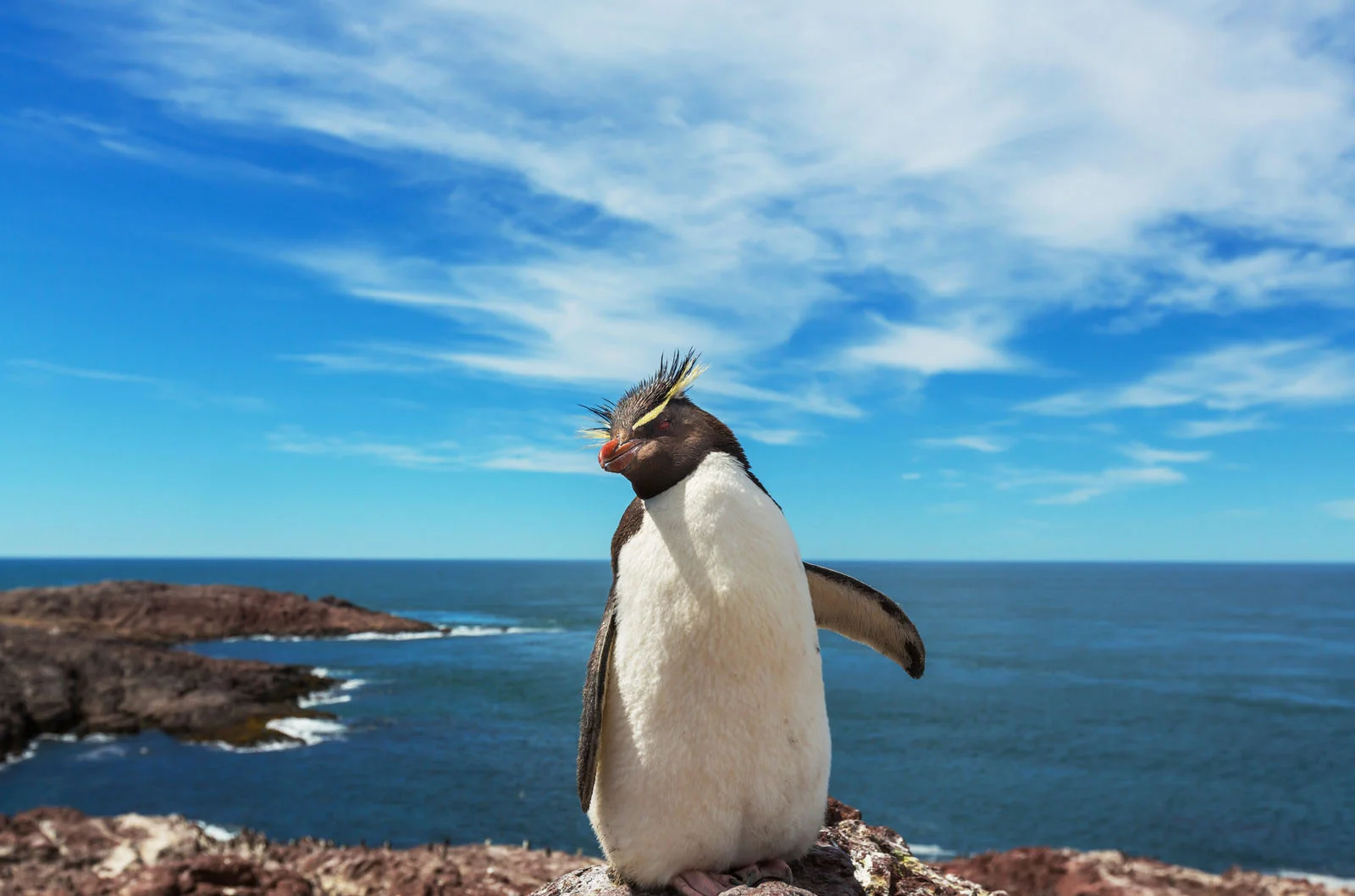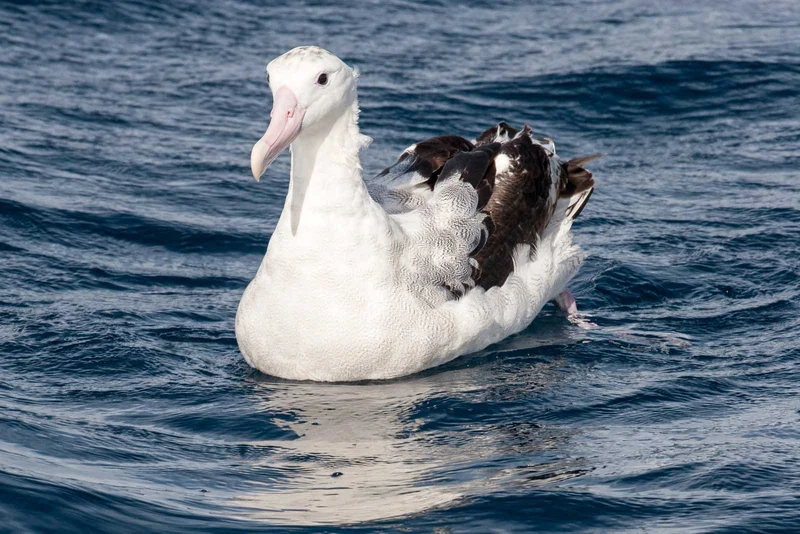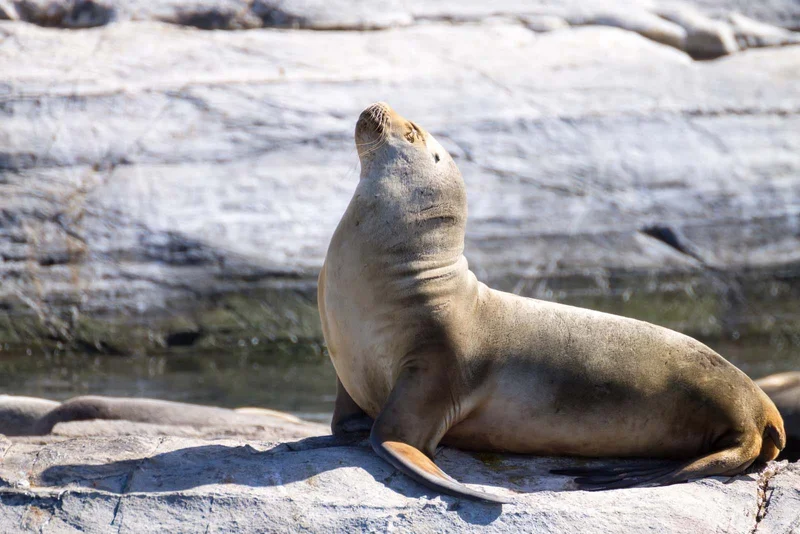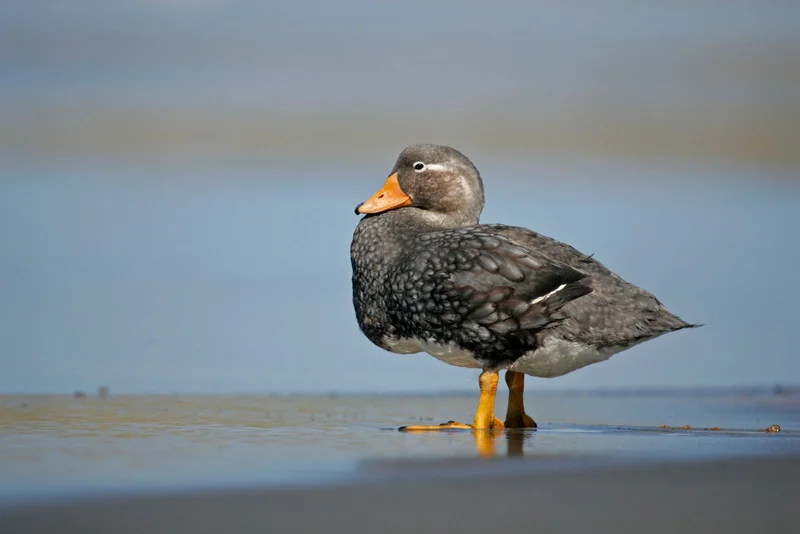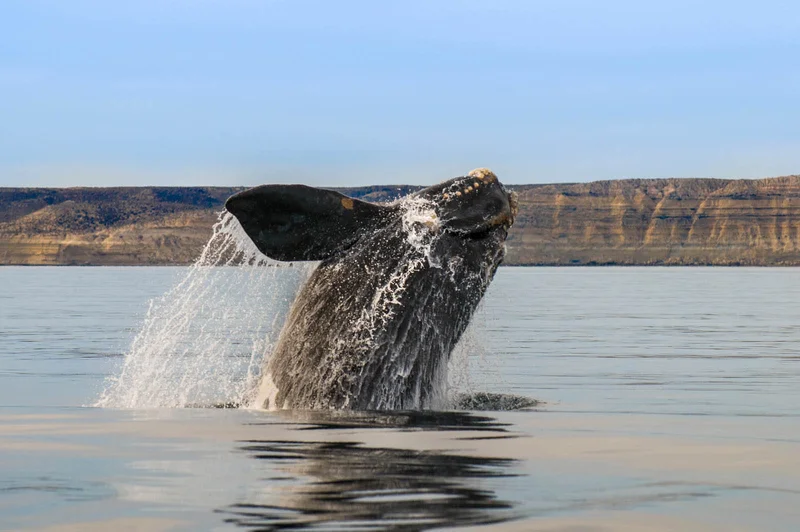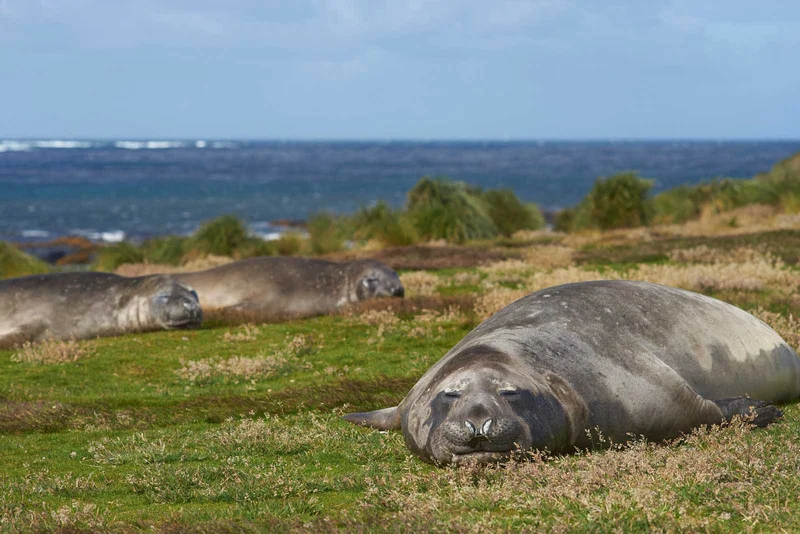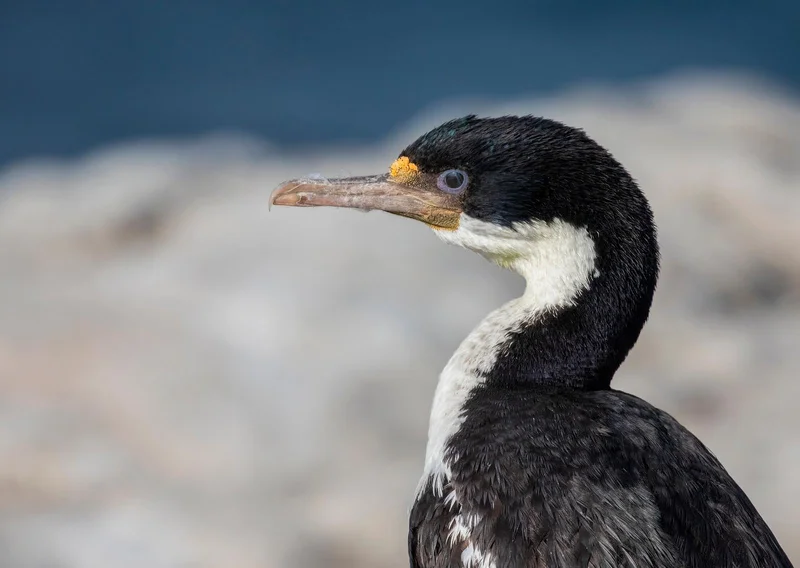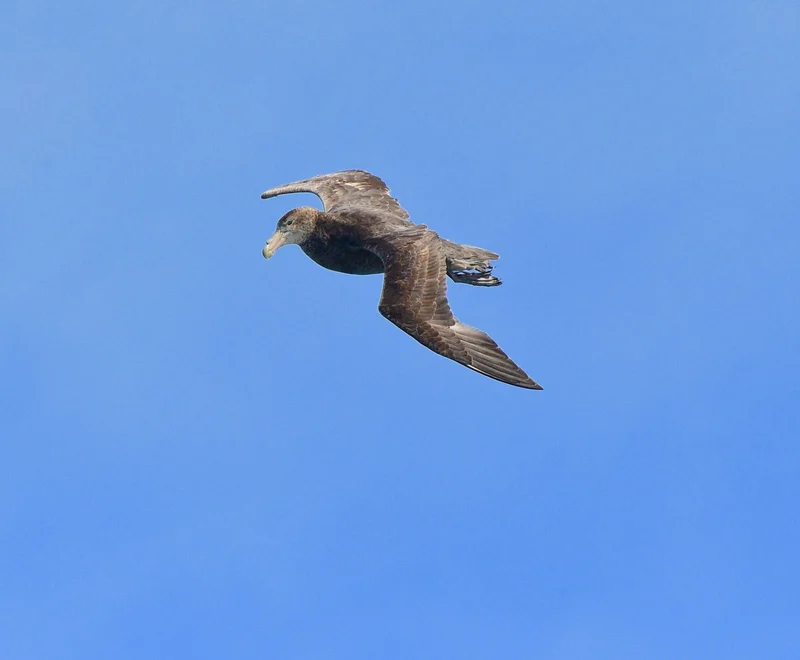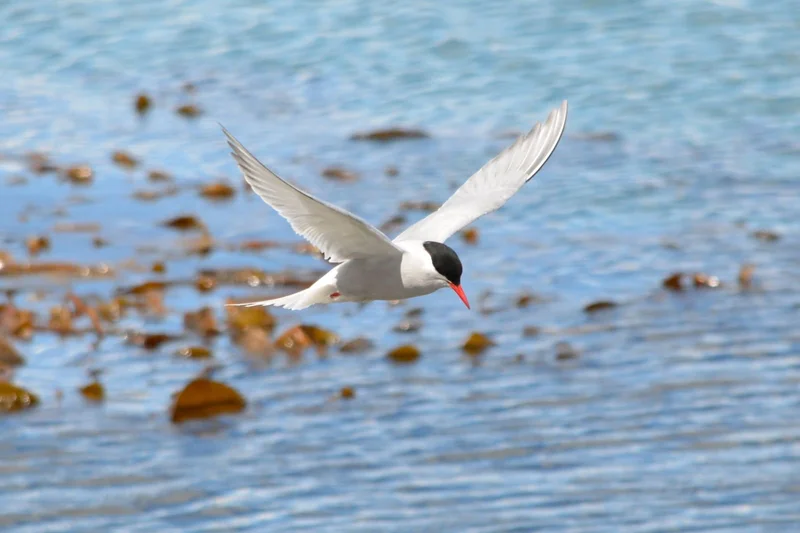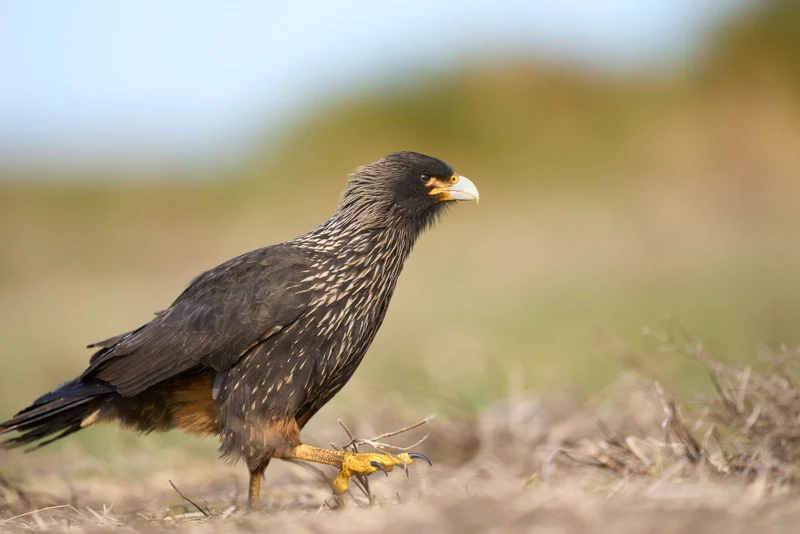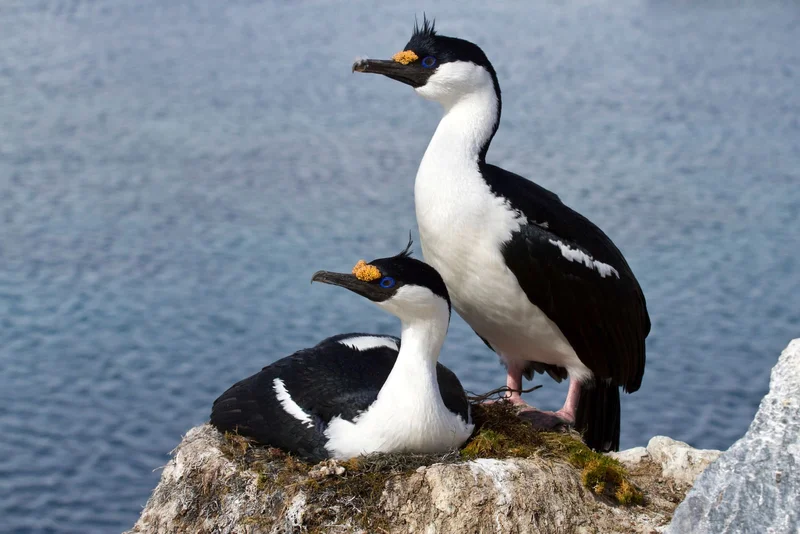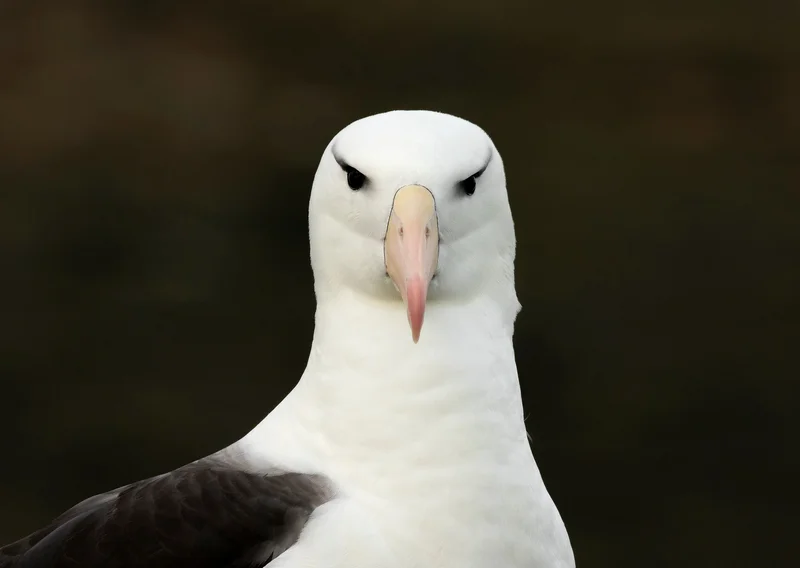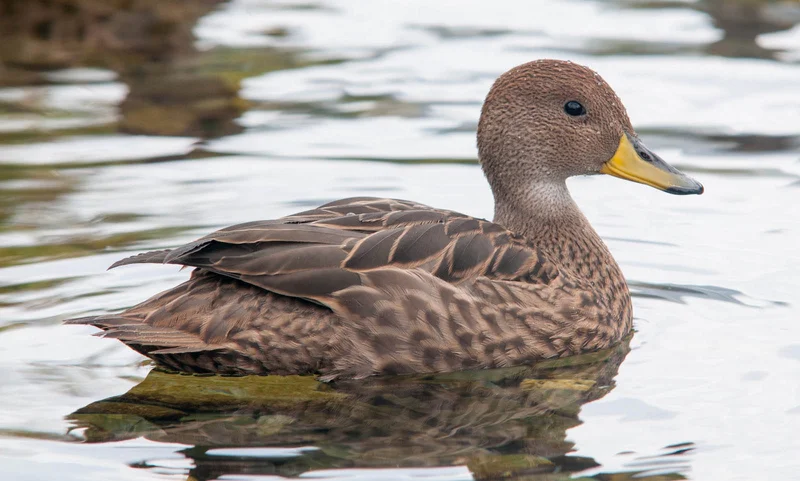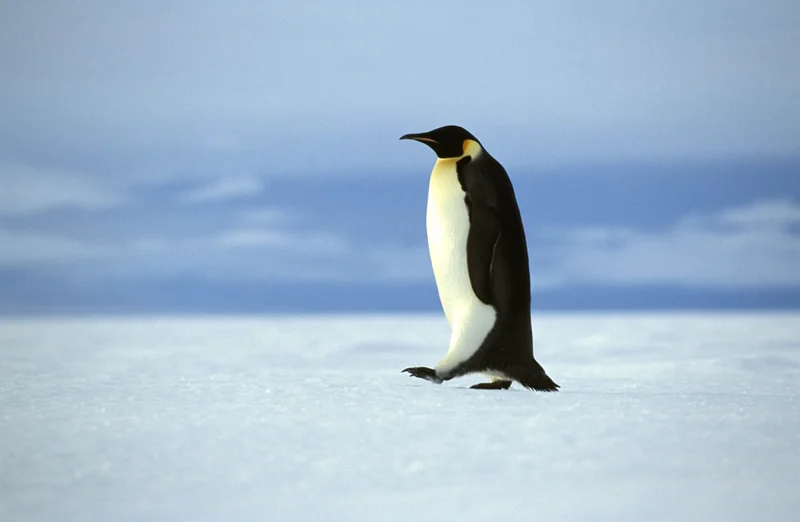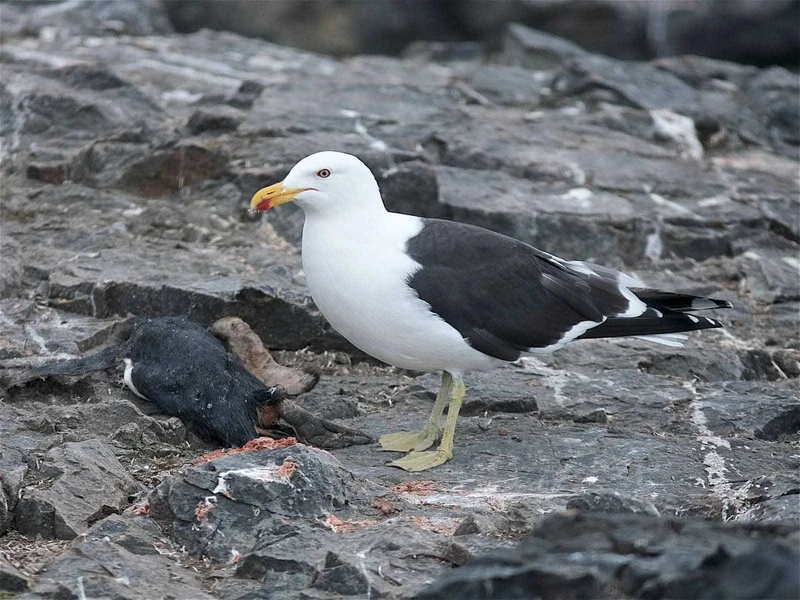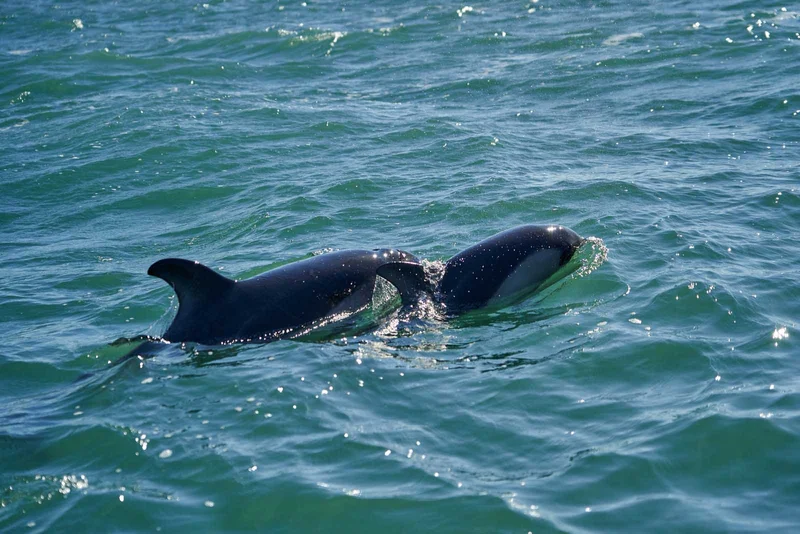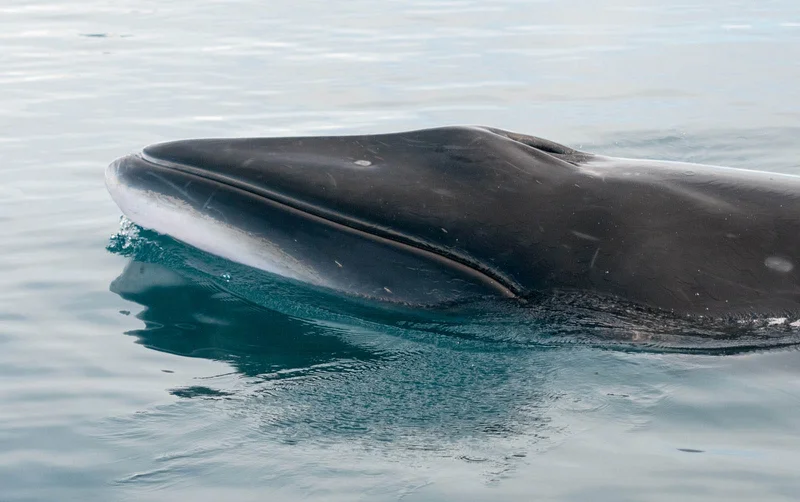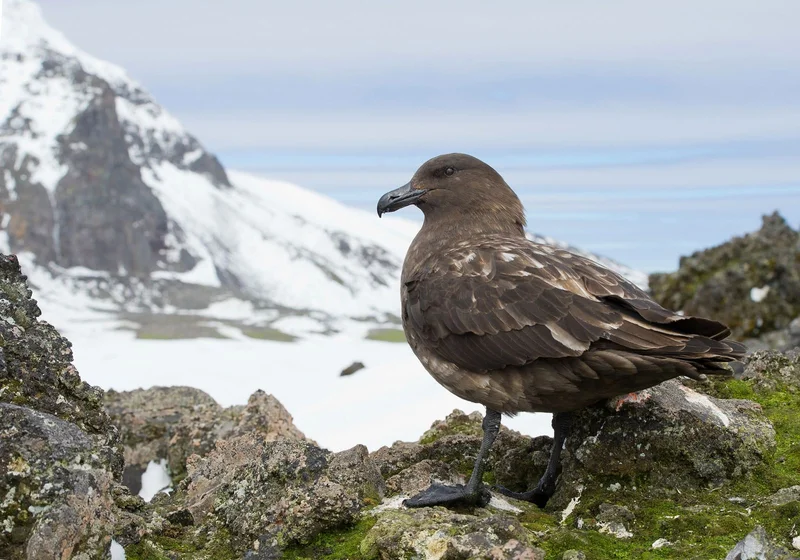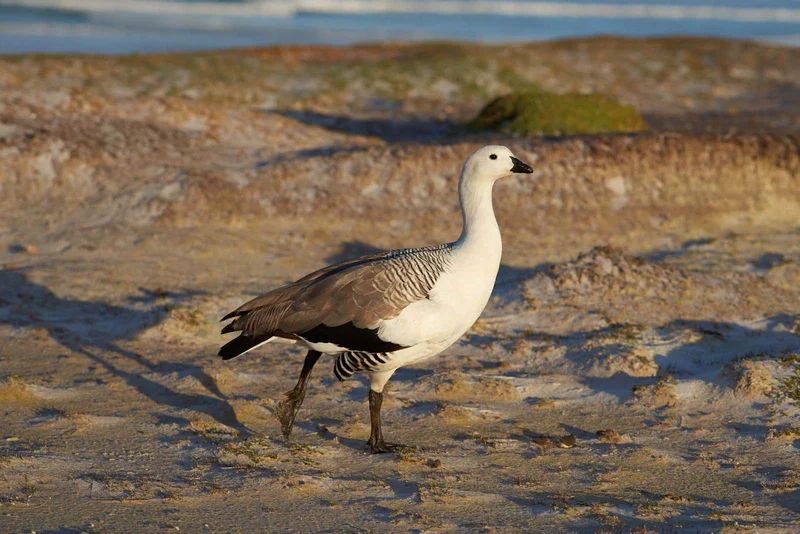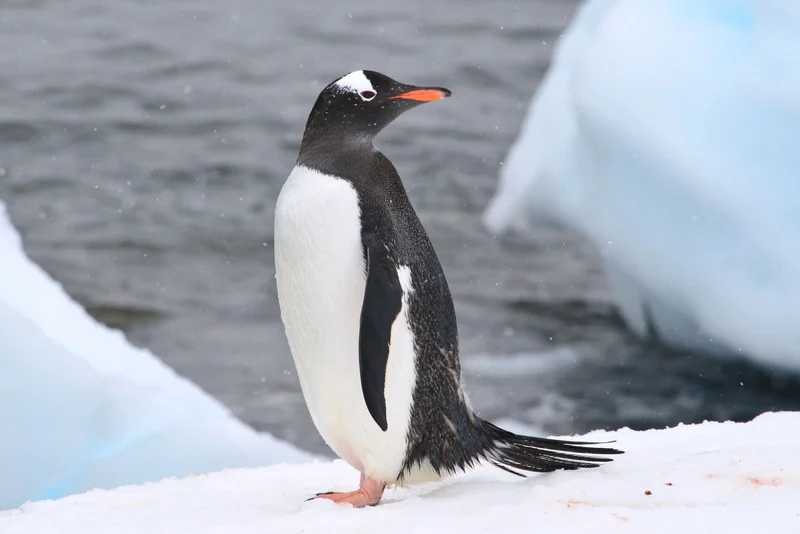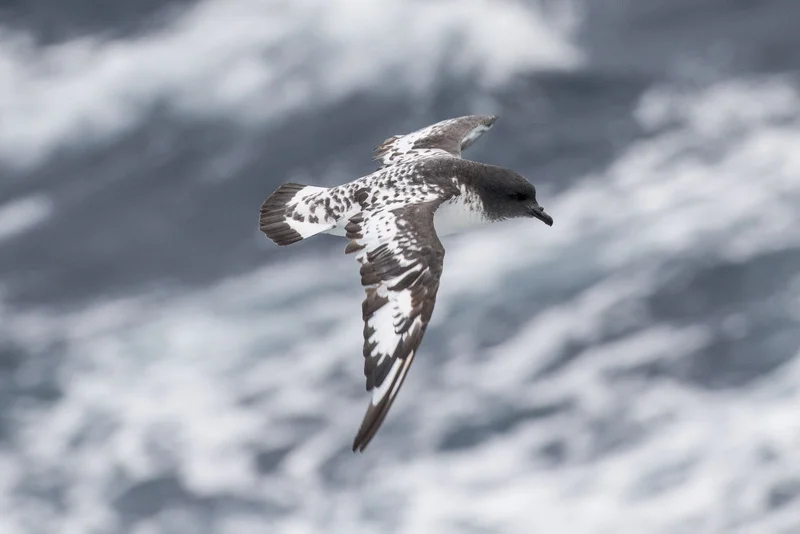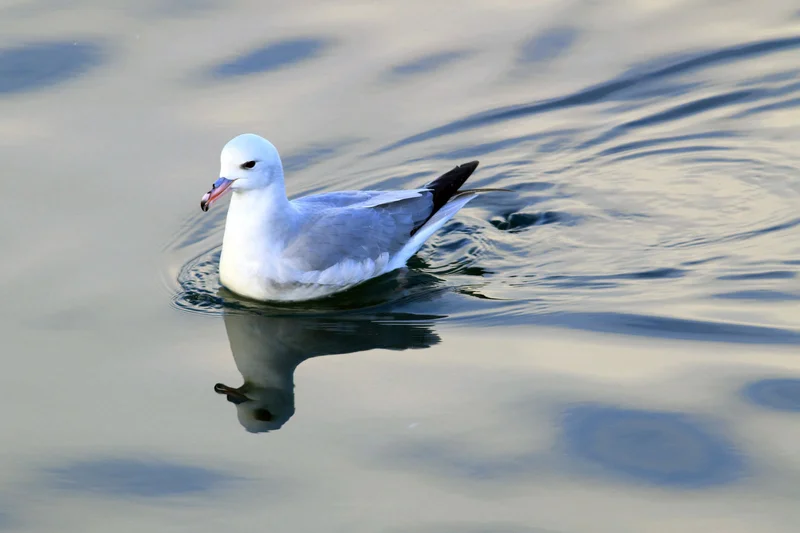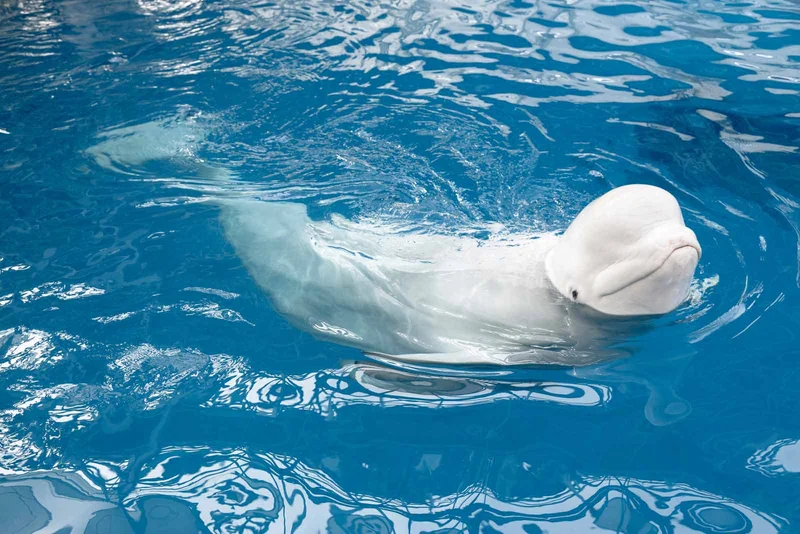Essential Rockhopper Penguin Information
Rockhopper penguins, one of the smaller penguin species, are distinguished by their striking "crown" of spiky yellow and black feathers on their heads. These crested penguins also have red eyes, orange beaks, and pale pink feet. Although their chicks are born without crests, the feathers develop as they mature.
Habitat and Nesting
Rockhoppers inhabit the southern oceans and South Atlantic, with colonies in Chile, Argentina, and the Falkland Islands. The Falklands provide ideal nesting sites with rocky shorelines and grassy cover. They build nests in tussocks of grass or burrows between them, often found on steep cliffs that showcase the penguins' climbing abilities.
Diet and Hunting
Rockhopper penguins primarily feed on krill and crustaceans but also eat squid, shrimp, and small crabs. They are excellent divers, capable of plunging as deep as 90 meters (300 feet) while holding their breath for several minutes. These penguins are remarkable swimmers, adapting well to their oceanic environment.
Predators and Threats
While adult rockhoppers face few land-based predators, at sea they are hunted by leopard seals and fur seals. Their chicks and eggs are more vulnerable, often targeted by aggressive seabirds such as skuas, petrels, sheathbills, and kelp gulls.
Population Decline and Conservation
Although rockhopper penguins are one of the most numerous penguin species, their population decreased by over 30% between 1970 and 2000. The exact cause of this decline is unclear, but it is believed that climate change may be affecting water temperatures and reducing their food supply. Due to their limited range in the Falklands and southern South America, they are particularly vulnerable to shifts in the availability of their prey.
Interesting Facts
- Climbing Abilities: Rockhoppers can scale steep cliffs with ease, making them agile on land despite their waddling appearance.
- Diving Expertise: They are skilled divers, capable of reaching depths over 90 meters (300 feet) to hunt for food.
- Vulnerable Population: Their population has declined due to suspected climate change impacts on their food sources, particularly krill and crustaceans.
